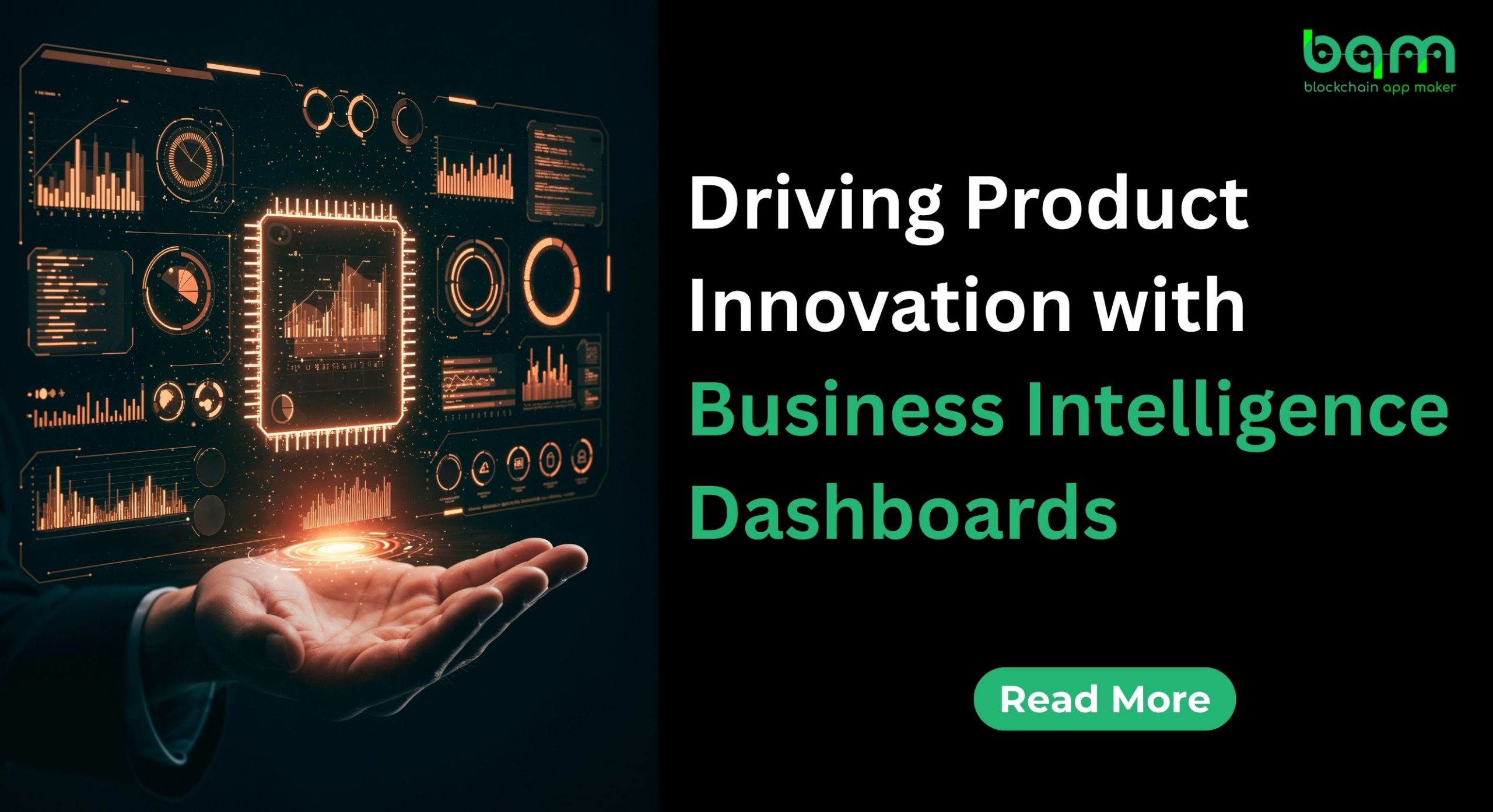A BI dashboard is a presentation of real-time metrics and data tracking and analysis in a firm, which forms the central, interactive presentation and aids companies in making more and better decisions based on observed trends, patterns, and critical performance indicators from many sources of information.
Project Overview
- Procter & Gamble is a consumer goods company with offices in more than 180 countries and offers a wide variety of products.
- With so much diversity in brands and with such an ambitious mission for innovation, Procter & Gamble needed a strong data-driven approach that could assist in the streamlining of decisions, improve operational efficiency, and further product innovation.
- In this case study, we are going to analyze how P&G has used the Business Intelligence (BI) dashboards to transform its operations and to enhance product innovation by highlighting the benefits that can be achieved from the adoption of such solutions.
Challenges faced
Some of the challenges that P&G had to overcome, in coming up with innovative solutions include:
- Big data silos of multiple departments
- Large data have been created in P&G’s global operations from departments such as marketing, R&D, supply chain, and customer insights.
- This data was in silo hence it was difficult to take away actionable insights.
- Long process of decision-making: There was a lag in critical decisions and an impact on the rate of innovation for its products because of a lack of common view on data.
- Faster Innovation on Products: Consumer preferences change, and P&G needed the compression of its cycle of innovation to stay ahead of the game.
- Visibility on Performance Metrics was Restricted: The real-time product performance, market trend, and customer feedbacks could not be seen by key stakeholders.
Solutions
P&G had an investment in a core BI dashboard with actionable, real-time insights for consolidating data across a variety of sources. Some components of the dashboard are below:
- Data Integration and Visualization:
- The integration of data from the supply chain, R&D, and customers’ feedback and that from the sales teams was achieved
- Applying the advanced tools to put the data across via easier means such as Tableau and Power BI.
- Custom Metrics: Introduced KPIs such as time-to-market, R&D efficiency, and customer satisfaction scores for new products.
- Predictive Analytics: The AI/ML models predict the trends of the emerging markets and the demands of the consumers. This helps the company to design products beforehand.
- Collaboration features: Collaboration tools are inbuilt; hence, cross-functional teams can share insights, and strategies get aligned in real-time.
Results Achieved
- Faster Product Innovation:
- The new products were hitting the market 20% faster since the teams could now instantly get the critical insights.
- Real-time monitoring of the R&D projects allowed prioritizing high-potential ideas.
- Better Decision-Making: The senior leadership was making decisions with real-time data that would cut down on the approval cycle of the new initiatives.
- Better Collaboration: The cross-functional teams worked much better since they were able to share insights from the dashboard, hence eliminating redundancy.
- Cost Savings: Streamlined operations and eliminated inefficiencies, thus saving $200 million every year in costs.
- Greater Consumer Satisfaction: The customer feedback analysis in real time helped P&G alter the products according to the requirements of consumers.
Key Features
- Centralized Data Drives Innovation: Centralized BI dashboards can break the silos to allow faster cycles of innovation to take place.
- Real-time Insights for Competitive Edge: In real-time analytics, the firms can track market trends, making ahead decisions in all possible ways.
- Scalability and Adaptability: BI dashboards help scale with business and adapt to new challenges for a long-term value.
- Building a Data-Driven Culture: Encouraging employees to take advantage of the BI tools enables a data-driven culture.




